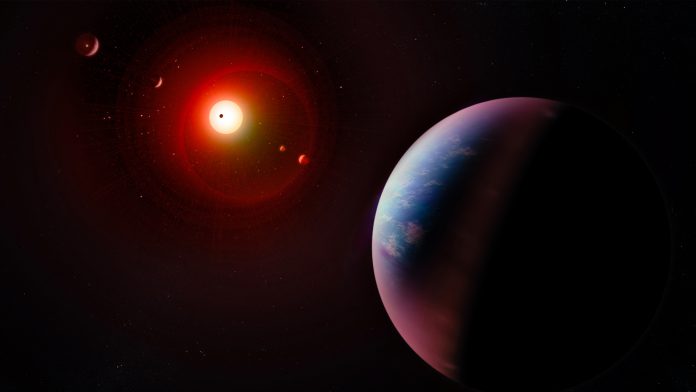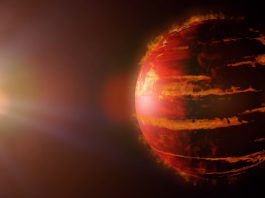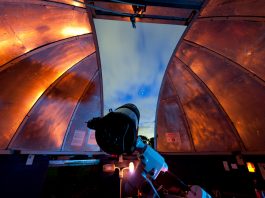Researchers led by Dimitra Atri of the Center for Space Science, United Arab Emirates, have identified which stars were most likely to host habitable exoplanets.
In the paper published in the journal Monthly Notices of Royal Astronomical Society: Letters, Atri, and New York University Abu Dhabi graduate student Shane Carberry Mogan present the process of analysing flare emission data from NASA’s TESS observatory to understand which stars were most likely to host habitable exoplanets.
It was found that more frequent, lower energy flares had a greater impact on an exoplanet’s atmosphere than less frequent, higher energy flares. The researchers also determined how different types of stars emit extreme ultraviolet radiation (XUV) through stellar flares, and how nearby planets are affected.
These solar flares consist of extreme XUV photons and charged particles and can alter the upper atmosphere of the exoplanet. Current methods to determine a planet’s ability to support life do not take stellar activity into consideration. Prior to this study, planet habitability was determined by analysing the chemical composition of a planet’s atmosphere and predicting its ability to sustain liquid water on its surface.
Atri said: “Given the close proximity of exoplanets to host stars, it is vital to understand how space weather events tied to those stars can affect the habitability of the exoplanet. The next research step would be to expand our data set to analyse stellar flares from a larger variety of stars to see the long-term effects of stellar activity, and to identify habitable exoplanets.”
The ability to sustain an atmosphere is one of the most important requirements for a habitable planet. This research provides new insights into the habitability of exoplanets, as the effects of stellar activity were not well understood. This study also highlights the need for better numerical modelling of atmospheric escape – how planets release atmospheric gases into space – as it can lead to the erosion of the atmosphere and the diminishment of the planet’s habitability.









